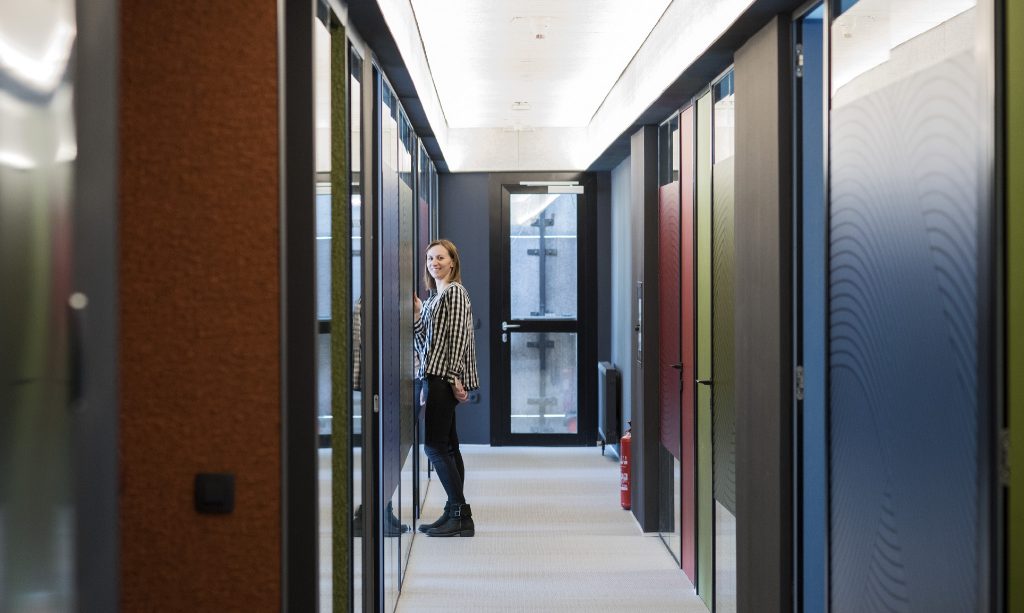Today we have 5G technology knocking at our door, as well as autonomous vehicles, artificial intelligence, robotics, predictive programming and probably couple of new genius concepts are popping up as I write this post. It is safe to say that much of what we as a species have achieved can be attributed to teamwork.
Humans species is well equipped for pushing the limits and achieving great things. According to Marc Hauser, professor of psychology, biological anthropology, and organismic and evolutionary biology in Harvard’s Faculty of Arts and Sciences, there are four traits that uniquely differentiate us from other animals:
- Recombination – the ability to combine and recombine different types of information and knowledge in order to gain new understanding
- Following the rules – the ability to apply the same “rule” or solution to one problem to a different and new situation
- Symbolism – the ability to create and easily understand symbolic representations of computation and sensory input
- Detachment – the ability to detach modes of thought from raw sensory and perceptual input.
However, none of these will bring any value if people do not cooperate.
More and more companies focus their efforts on establishing a healthy working atmosphere and self-organizing teams. To establish such teams, it is very important to understand team’s behavior so that coordinated actions can be taken in order to correct possible dysfunctions in a timely manner.
In Part 1 we have discussed about absence of trust and poisoned impact it has on team’s behavior. The fear of conflict is born in teams where there is no trust. Relationships between team members are based on artificial harmony. Without trust, team members become like puppets whose strings are pulled by the fear of conflict. Building trust allows conflict to become possible. Trust will enable team members to get involved in passionate discussions and share attitudes, thoughts and emotions because they know that it won’t be misinterpreted, judged or punished. Simply put, when fear of conflict is gone team members will actually express what they really think.
How to become a become fearless team?
There are two kinds of conflict. Productive ideological conflict and destructive fighting interpersonal political conflict. Productive ideological conflict is limited to concepts and ideas and avoids personal focus. Beware, sometimes it can be mistakenly interpreted as interpersonal conflict for its external qualities like emotion, frustration and passion. People engage in ideological conflict driven by intention to produce the best possible solution in short period of time. Ideological conflict allows teams to express their opinions about subject matter without making uncomfortable atmosphere and resolve problems more efficiently as opposed to interpersonal conflict which is usually avoided in fear of hurting other people’s emotions and eventually it ends up repeating the whole discussion all over again.
First step that needs to be taken for developing healthy conflict atmosphere is to acknowledge that conflict is productive. Two methods which can help reaching healthy conflict are Mining and Real Time Permission. Mining method suggests that somebody in the team should occasionally assume the role of Miner of conflict. This person is responsible for recognizing sensitive topics, taking them out in the open and encouraging other team members to discuss them. Miner of conflict ensures objectivity throughout discussion and commitment to stay with conflict until it is resolved. Real Time Permission is all about team members encouraging each other not to give up during conflict. Team members have to recognize when conflict becomes uncomfortable and explain that it’s necessary to reach consensus. Usually this can help team members to gain confidence and help them to continue with conflict. At the end it is nice to remind everyone how important is the conflict they were engage in and not to avoid it in the future.
If you wish to become fearless team, the master of your own decisions, to participate in interesting meetings, extract ideas from all team members, solve real problems and put critical topics on the table use one of the described methods and help your team to become conscious about positive effects of conflict. Engaging in constructive conflict can only lead to better commitment. In other words, where there is no passion in opinion exchange, you won’t find team members committed and devoted to fulfilling any vision.
Photo by Sagar Dani on Unsplash


